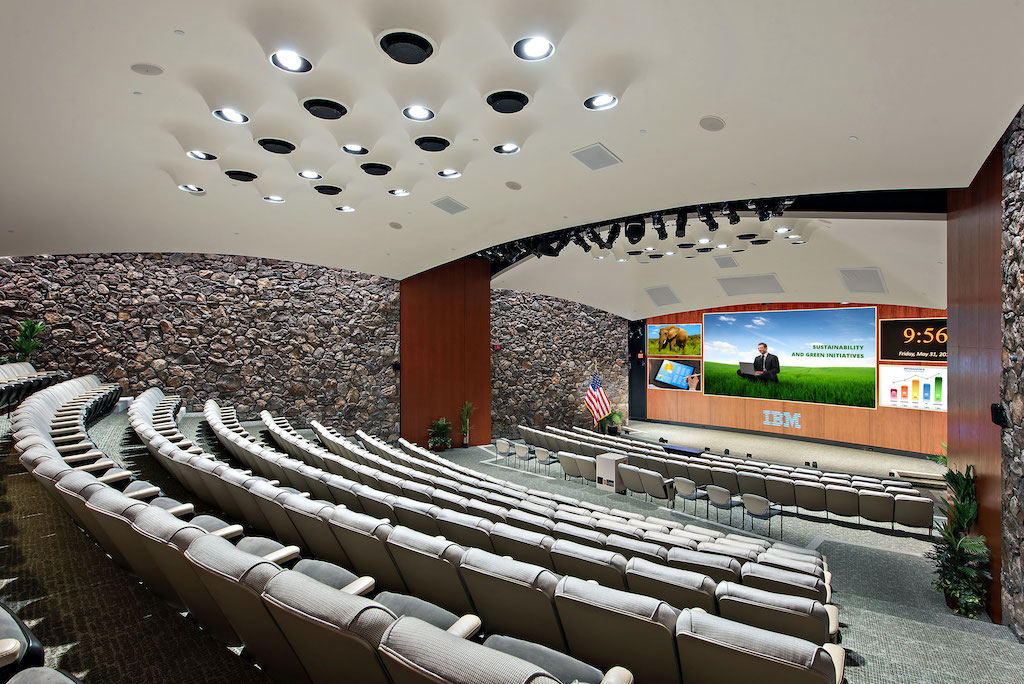Investigating the Longevity of LED Display Panels in Contrast to Traditional Display Methods
Investigating the Longevity of LED Display Panels in Contrast to Traditional Display Methods
Blog Article
LED wall screens have grown progressively popular in current years, especially in environments like schools, businesses, and public spaces. These screens use LED diodes (LEDs) to produce vivid and vibrant images. One of the most notable benefits of LED innovation is its durability compared to traditional screen methods, such as cathode ray monitors (CRTs) and LCD crystal screens. Grasping the distinctions in lifespan and performance between these options can help buyers make knowledgeable decisions about their display needs.
Traditional display methods, like CRTs, have been around for many decades. They were commonly used in TVs and PC monitors. However, CRTs have a limited duration, generally lasting around 10,000 to 20,000 hours of operation. This means that after a few years, consumers may notice a decline in image quality, such as dimming or hue distortion. In contrast, LED panel panels can last significantly longer, frequently exceeding 50,000 hours. This extended lifespan means that consumers can experience consistent functionality without the requirement for frequent replacements.
Another crucial factor to consider is power conservation. LED wall screens consume less energy than traditional displays, which not only benefits the environment but also lowers power costs. For example, while a CRT screen may consume around 100 watts of energy, an LED panel can use as little as 30 to 50 W. This discrepancy in power consumption contributes to the total durability of LED technology, as lower energy consumption generates minimal heat. Excessive thermal energy can harm electrical parts, resulting to a reduced lifespan for traditional screens.
In furthermore to their longer lifespan and power conservation, LED wall panels also offer enhanced visual clarity. They offer brighter colors and improved contrast, making them perfect for multiple uses, from advertising to educational presentations. The technology behind led wall rental for sports events LED panels enables for a broader sight perspective, meaning that visuals remain sharp and lively even when seen from the side. This is a significant advantage over conventional screens, which frequently suffer from color distortion and diminished brightness at wider perspectives.
In conclusion, the longevity of LED panel panels compared to conventional screen methods is a key factor for consumers to consider. With lifespans that can surpass 50,000 hours, energy efficiency, and superior visual quality, LED technology offers many benefits. As innovation continues to progress, LED panel screens are probably to become even more prevalent in various settings. Understanding these differences can help individuals and entities make better decisions when purchasing in screen innovation, ensuring they receive the best value for their needs.